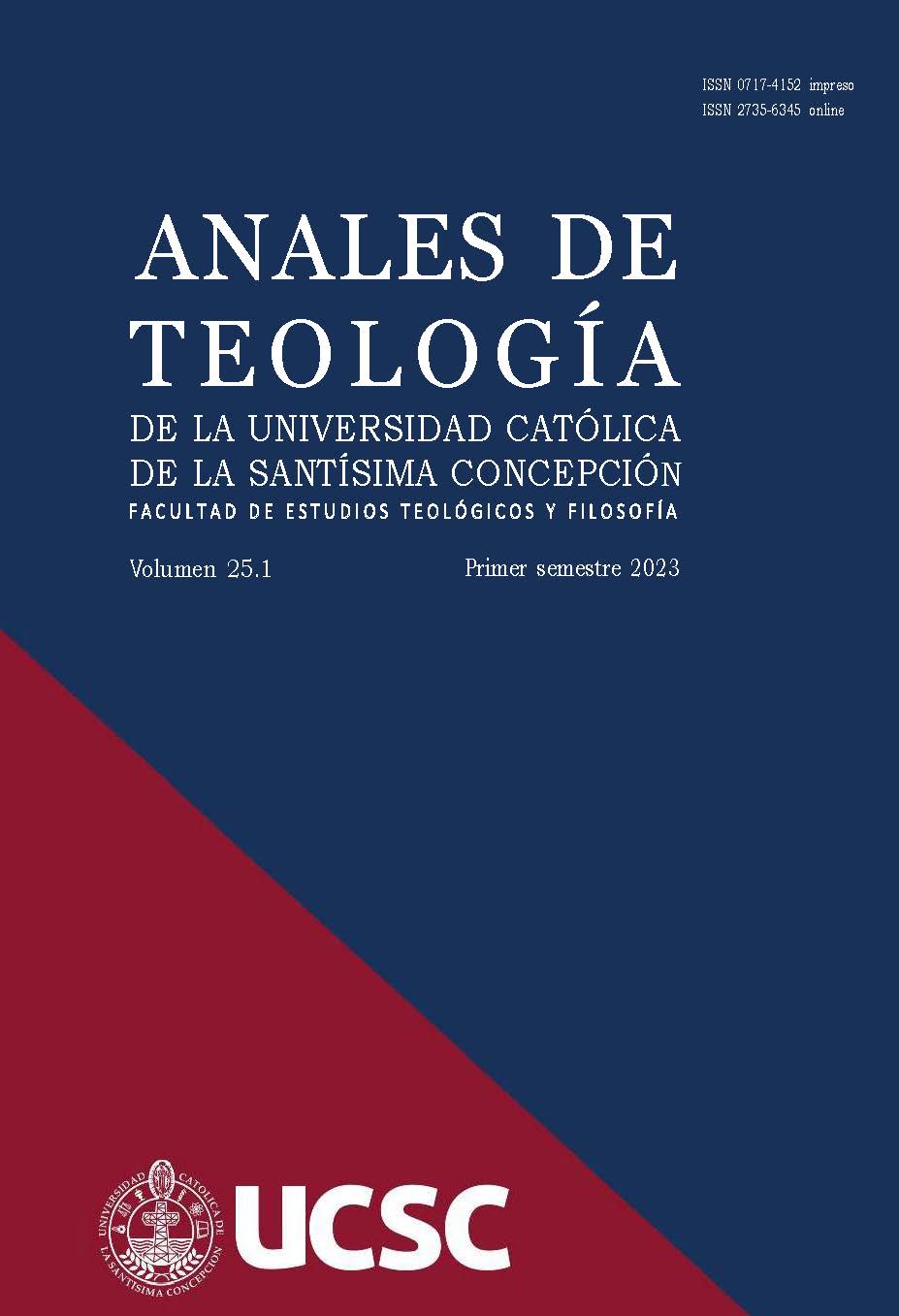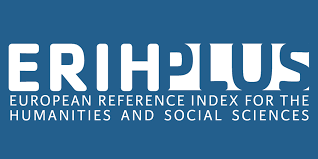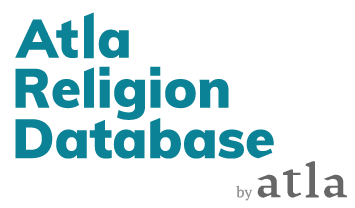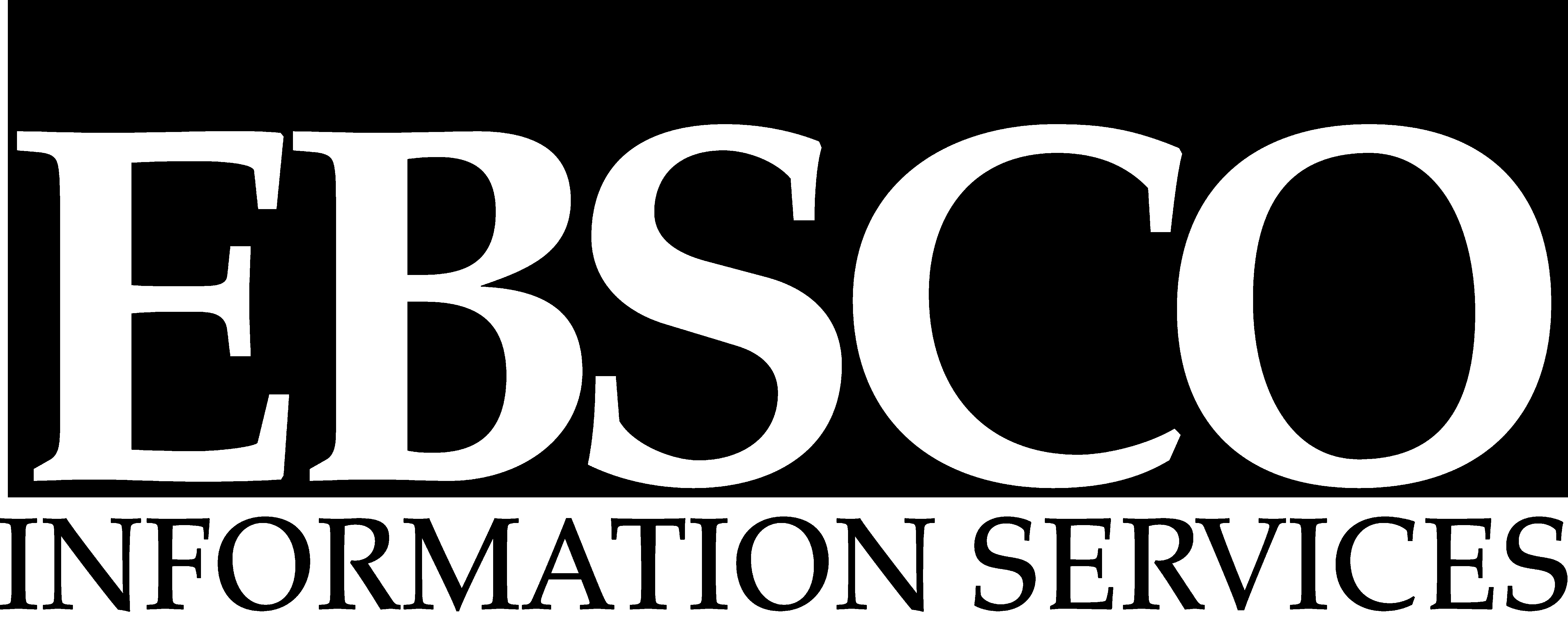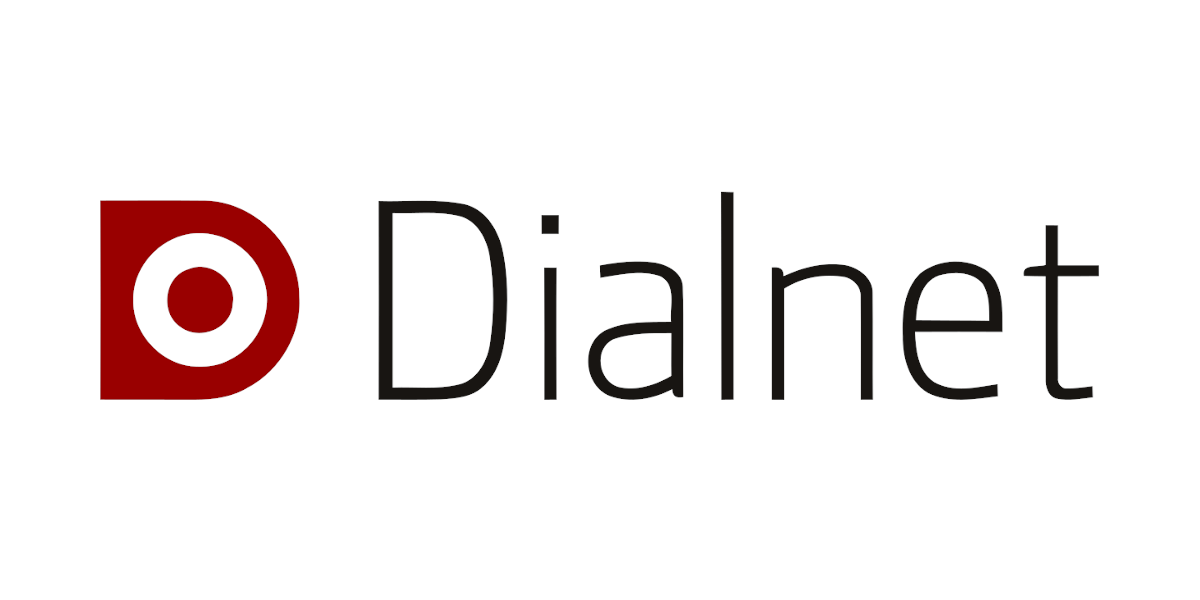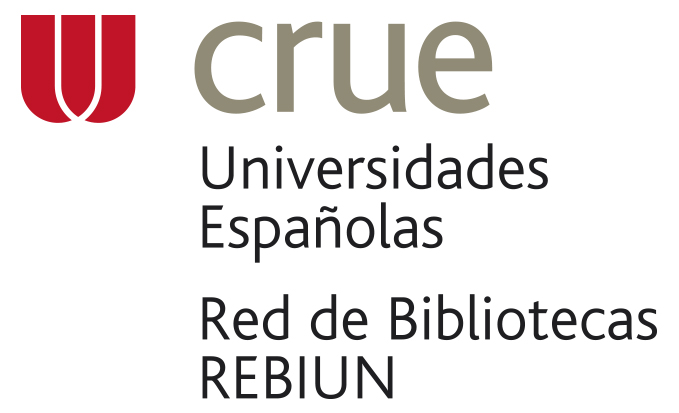PABLO URIBE ULLOA, Hagamos al ser humano a nuestra imagen (Gn 1,26). Una síntesis bíblico-teológica de la categoría imagen de Dios en la tradición católica. Ediciones del pueblo, Paris (Francia) – Santiago de Chile 2022. 177 pp. ISBN: 979-83-67-43713-3.
DOI:
https://doi.org/10.21703/2735-63452023250108Keywords:
image of God, anthropology, second Vatican Council, bible, theologyAbstract
This review provides an account of a recent book published in Paris by Ediciones del Pueblo on the topic of theological anthropology. The central focus is on the reflection of the biblical category Imago Dei, which appears for the first time in the book of Genesis, chapter 1, verse 26. From this category, a biblical-theological discourse is developed, analyzing it in different treatises of classical theology. This methodology serves the author to present an optimistic itinerary of the creation of the human being as a created image. However, this image has been affected by sin as a fallen image. Yet, within this same loving dynamic that originates from God, it becomes a restored image through Christ in a life of grace. This same image tends to become a consummated image in the Christian hope of resurrection. Furthermore, the category of being God's creation as Imago Dei has other connotations of vital importance, such as moral, ecclesial, pastoral, and mariological aspects.
Downloads
References
PABLO URIBE ULLOA, Hagamos al ser humano a nuestra imagen (Gn 1,26). Una síntesis bíblico-teológica de la categoría imagen de Dios en la tradición católica. Ediciones del pueblo, Paris (Francia) – Santiago de Chile 2022.
Downloads
Published
Issue
Section
License

This work is licensed under a Creative Commons Attribution-NonCommercial 4.0 International License.
The Anales de Teología is an open access journal and does not charge for publication. In addition, it regulates its Copyright and access policy according to the Creative Commons Attribution-NonCommercial 4.0 International Public License (CC BY-NC 4.0), therefore sharing (reproducing and distributing the material in any medium or format) and adaptation (modifying, transforming, and creating from the material) is allowed as long as proper credit is given and the citation is included with the corresponding data. Moreover, it is not allowed to use the material for commercial purposes.
